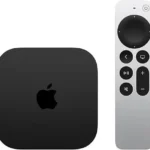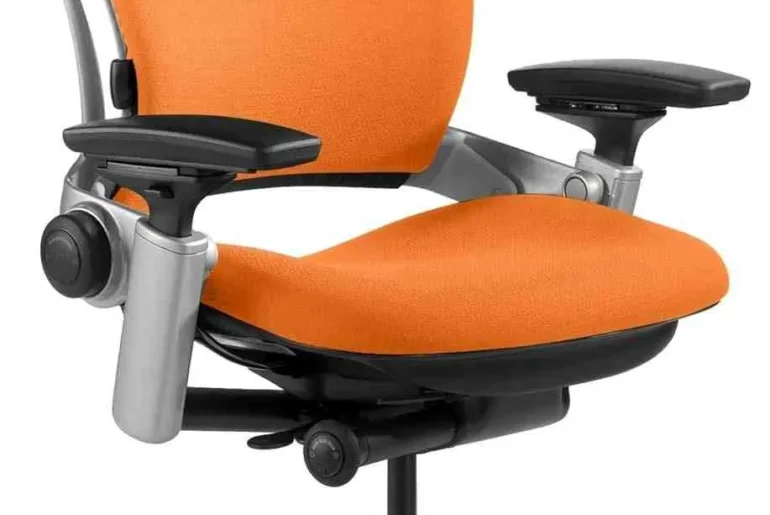Technology has completely changed the way we work. In today’s fast-paced digital world, technology has completely reshaped how we work, communicate, and manage our daily office routines. The rise of high tech offices isn’t just about fancy gadgets-it’s about creating smarter, more efficient, and comfortable work environments that boost productivity and creativity.
Table of Contents
Benefits of Office High Tech
- Increased Productivity
Smart devices, AI assistants, and automated workflows save time and reduce repetitive tasks, allowing employees to focus on more important work. - Enhanced Collaboration
Cloud tools and virtual meeting platforms make teamwork seamless, whether employees are in the office or working remotely. - Improved Employee Comfort
Ergonomic furniture, smart lighting, and climate control create a healthier and more comfortable work environment. - Data Security and Protection
Advanced cybersecurity measures like encryption, VPNs, and biometric access ensure sensitive company information is safe. - Better Decision-Making
AI and analytics tools provide data-driven insights, helping managers make informed business decisions. - Future-Ready Workplace
Adopting high-tech solutions prepares the office for future innovations like robotics, 5G connectivity, and smart automation.
1. Smart Workspaces for Smarter Teams
Smart offices use connected devices and automation to create an efficient and comfortable work environment.
For example, smart lighting systems like Philips Hue automatically adjust brightness based on the time of day, while smart thermostats such as Google Nest learn preferred temperature settings to keep rooms comfortable.
Voice assistants like Amazon Alexa for Business can also handle tasks such as scheduling meetings or controlling devices hands-free.
These technologies make the workspace more energy-efficient and productive.
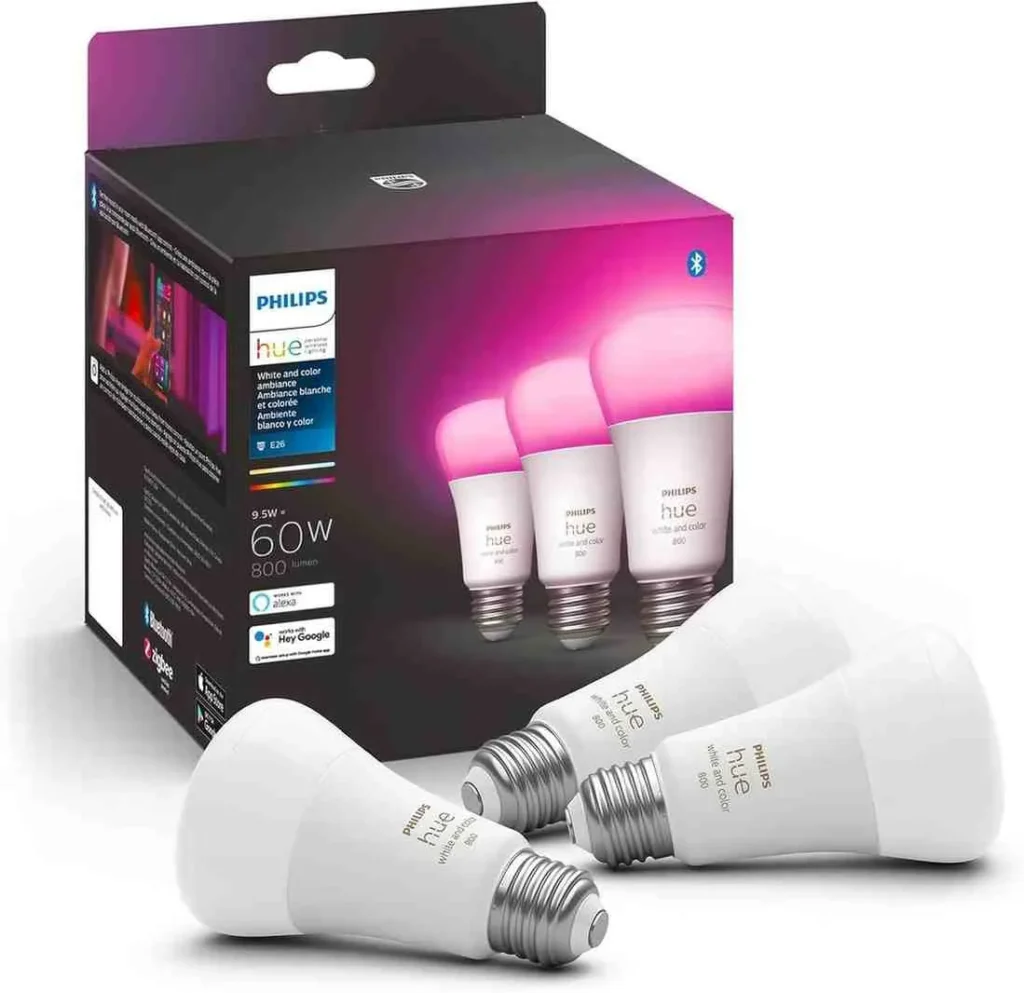
2. The Power of Cloud Collaboration
Cloud technology makes teamwork faster and more flexible. Employees can share, edit, and store documents online without worrying about being in the same location.
Tools like Google Workspace allow real-time document editing, while Microsoft Teams combines video meetings, messaging, and file sharing in one place.
Project management platforms like Asana or Trello help teams track progress and deadlines efficiently.
With cloud collaboration, work becomes seamless and accessible from anywhere in the world.
3. Artificial Intelligence in the Office
Artificial Intelligence (AI) is helping businesses work smarter. AI automates repetitive tasks, saves time, and provides useful insights.
For instance, AI assistants such as Cortana or Google Assistant can organize meetings, manage emails, and remind you of tasks.
Chatbots in HR or customer support answer questions instantly, improving response time.
AI-powered analytics tools like Power BI or Tableau help managers make better decisions using real-time data.
AI is truly transforming the way offices operate by increasing accuracy and efficiency.
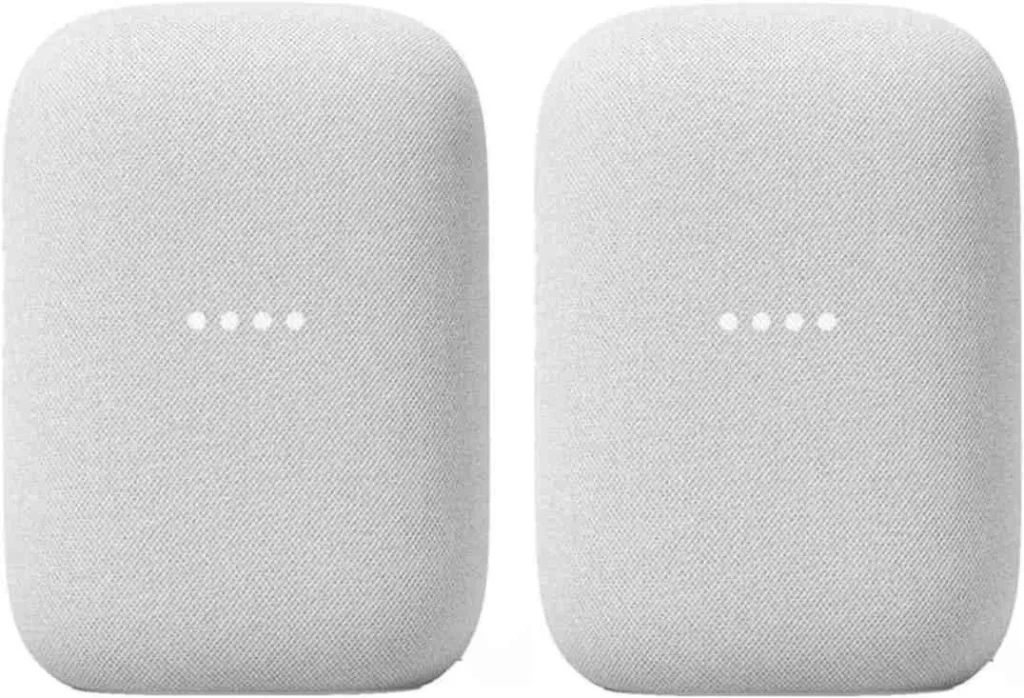
4. Virtual and Augmented Reality
Virtual Reality (VR) and Augmented Reality (AR) are bringing innovation to training, collaboration, and design.
For example, VR headsets like Meta Quest 3 let employees take part in realistic virtual training programs without needing physical materials.
Architects and designers use AR tools like SketchUp Viewer to display 3D models directly in a real environment.
Remote teams can even hold meetings in virtual workspaces, making communication more interactive and engaging.
These technologies encourage creativity and save time in project development.
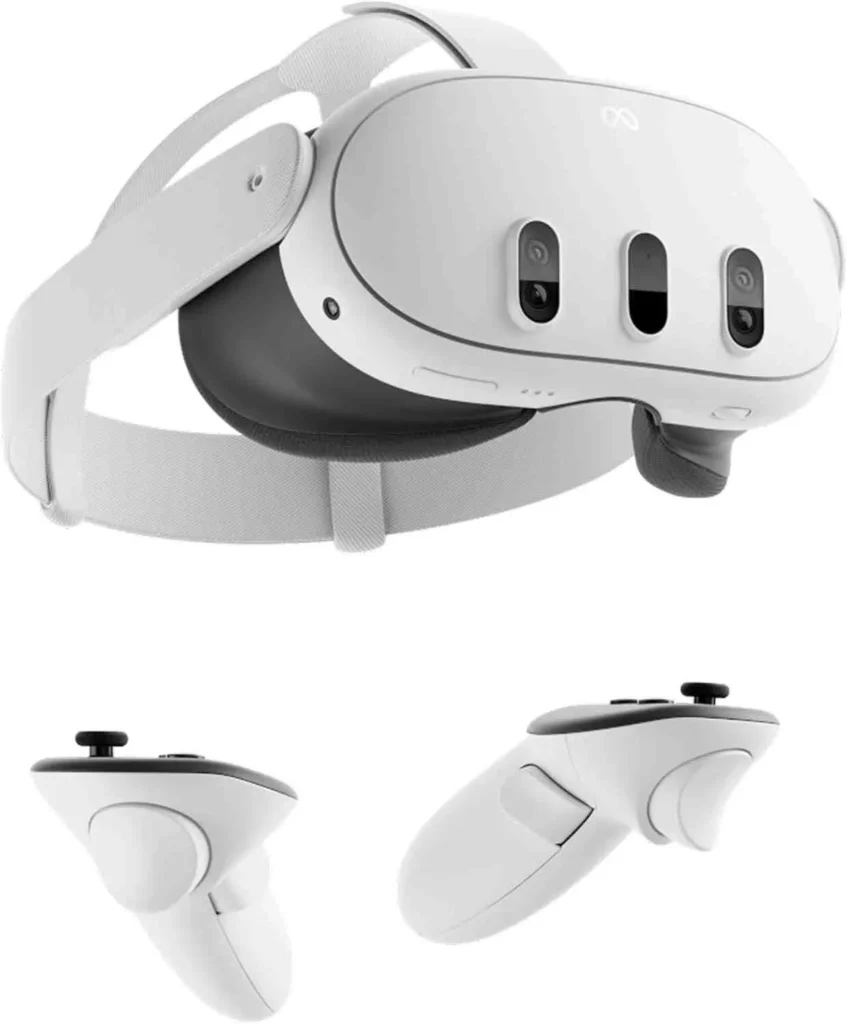
5. Ergonomic and Smart Office Equipment
A high-tech office also focuses on comfort and health. Ergonomic furniture and smart devices help employees stay active and maintain good posture.
Smart desks such as Uplift Desk can move between sitting and standing positions with one touch.
Ergonomic chairs provide full back support to prevent strain during long hours.
Wearable devices like Fitbit or Apple Watch remind workers to stretch or walk regularly.
This combination of comfort and technology improves productivity and well-being.

6. Cybersecurity and Data Protection
With so much technology in use, data security is vital. Offices rely on advanced systems to keep sensitive information safe.
Biometric access controls like fingerprint or face recognition ensure only authorized employees enter secure areas.
VPNs (Virtual Private Networks) such as NordVPN protect remote workers’ internet connections.
Encryption tools like BitLocker keep company files secure from cyberattacks.
By strengthening cybersecurity, businesses can protect their operations and maintain customer trust.

7. The Future of Office High Tech
The future workplace will be even more intelligent and adaptive.
Imagine AI systems that automatically adjust lighting, temperature, or background music to match your mood or workload.
Robotic assistants such as Temi might deliver mail, coffee, or office supplies.
With 5G technology, teams will enjoy ultra-fast connections for video conferencing and large file transfers.
The next generation of high-tech offices will combine innovation, comfort, and sustainability to create smarter ways to work.
Conclusion
“Office High Tech” is more than just a trend-it’s the future of work. Smart tools, AI, and automation are making offices more productive, secure, and comfortable. As technology continues to evolve, businesses that adapt will create inspiring, efficient, and forward-thinking workplaces.


